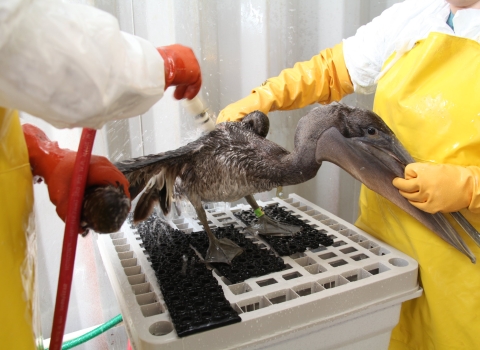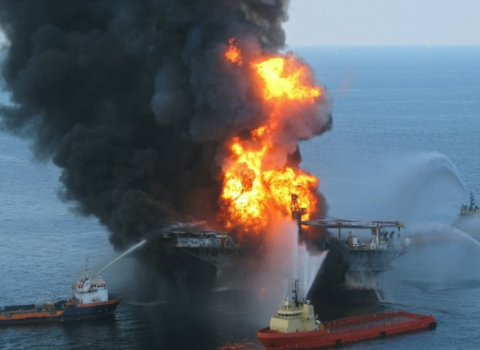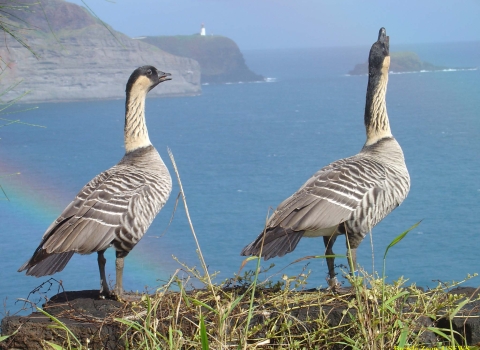Welcome back to our After the Spill: Deepwater Horizon series where we will be sharing firsthand accounts from Service employees who were on the ground (or the water) in the Gulf during the immediate aftermath of Deepwater Horizon.
Below you can read an account from Brian Spears about his two deployments during the aftermath of the Deepwater Horizon oil spill. Brian is the regional coordinator for the Natural resource Damage Assessment and Restoration (NRDAR) program.
Brian Spears, Natural Resource Damage Assessment and Restoration (NRDAR) Regional Coordinator
In June 2010 I left my family in north Idaho for southern Alabama to serve as the Deputy Director for the Wildlife Branch in the Operations Section of Incident Command. Every morning for two weeks, I departed the Service wildlife recovery operation stationed in Spanish Fort at 5:30 am for Mobile across the bay to work in the Deepwater Horizon Sector Mobile Command Center, a beehive of more than 1,100 people working 6 am to midnight every day in response to various aspects of the spill. I’ll never forget the walls of computer screens displaying real-time oil and response vessel trajectories, navigating hundreds of workers walking about as I traversed from my desk others, missing meals while trying to coordinate wildlife responders on multiple phones, or tables of exhausted workers cheering jubilantly at the one screen showing USA beat Algeria in stoppage time at the World Cup as we all yearned for a moment of normalcy. After weeks of northerly winds keeping it at bay, a mass of oil “as far as the eye can see” came ashore in Alabama and Mississippi halfway through my two-week detail, bringing a nightmarish landscape to habitats and the fish, wildlife and people that lived there. I slept 13 hours straight my first night back home in Idaho.
In October that same year, I redeployed to Fairhope, Alabama to assist Peter Tuttle, who was leading the Natural Resource Damage Assessment (NRDA) for DOI for the spill. While that trip lasted only a month, I eventually stayed on as the second permanent employee in the Service Deepwater Horizon Natural Resource Damage Assessment and Restoration Office (Peter being the first). We went on to engineer the largest successful bird NRDA claim in the history of the United States, supported by Department of Justice (DOJ) and funded through a settlement with BP to the tune of $501 million. Those funds are now combining with funds from other parts of that case, other NRDA cases, and other funding sources to support a wide range of bird restoration projects across the Gulf of Mexico, upper Midwest, Canada and the Caribbean. It’s truly been an honor to work with the many talented practitioners we have and represent the NRDAR program during that period in my career.
----------------------------------------------------------
Stay tuned for more firsthand accounts from Service employees in our After the Spill: Deepwater Horizon series.







